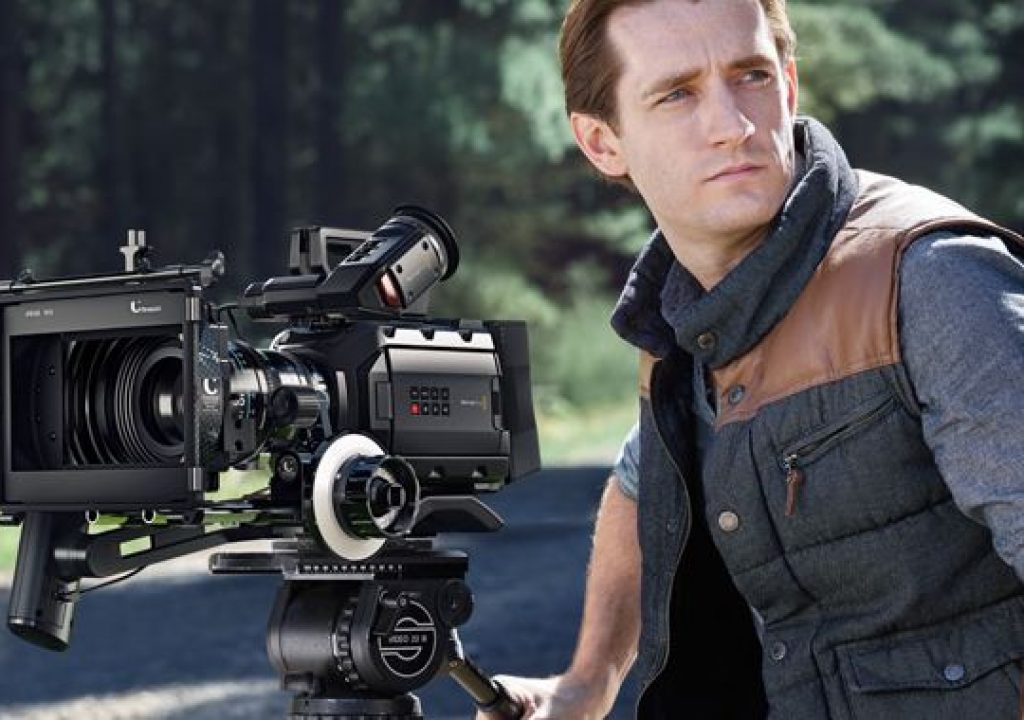Blackmagic updates their URSA Mini 4.6K just in time for the Holidays. What do you get for this gift? Black shading. Yes, this appears to be a single feature updated, but any update is a good update, right? A few months ago, Blackmagic released the new User Interface for the URSA Mini 4.6K and 4K. In that update, for the first time, Blackmagic shooters gained more white-balance features. My favorite? The ability to white-balance the URSA Mini 4.6K and URSA Mini 4K like many different cameras, by holding a white card in front of the lens and taping the AWB, Auto White-Balance, the button on the screen. The other side of this feature is the Black Shading. If you’re used to ENG cameras, along with many different cinema cameras, then you have used the Black Balance to set you blacks to… well black.
In my opinion, the added Black Shading and previously added White Balancing are key creative features necessary in cameras. Color so vital to the tone and emotionality of an image. Previously, and likely still to happen, I would push my color in Blackmagic’s DaVinci Resolve more so than I would in camera. One of the reasons was simply because there were more features in DaVinci Resolve and then Blackmagic Cameras we woefully lacking color setting features except the basic.
What’s new in Blackmagic Camera Setup 4.2:
Blackmagic URSA Mini 4.6K
- Adds black shading calibration for URSA Mini 4.6K in Setup menu.
Blackmagic URSA Mini 4K
- No changes.
Blackmagic Studio Camera 4K
- Improves audio performance when using 6G-SDI output.
Blackmagic Studio Camera
- Improves 3G-SDI compatibility.
About the Blackmagic URSA Mini 4.6K
The URSA Mini 4.6K Digital Cinema Camera from Blackmagic Design is a Super 35mm camera capable of recording 15 stops of dynamic range. The ergonomic body design is easy to adapt for hand-held shooting as well as capable of being built into whatever studio configuration needed to get the shot. The EF-mount is compatible with a ton of lenses from the DSLR world opening up different aesthetic options. With the shoulder kit, the camera becomes a great run and gun shoot on the quick camera needed for documentary work.
The URSA Mini also records UHD (3840 x 2160) and 1080p video using ready-to-edit ProRes files in many different flavors within the 444 and 422 chroma subsampling variations depending on your workflow. Starting at the high end, UHD footage can be recorded in ProRes 444 XQ at a rate of 312.5 MB/s all the way down to 1080p in a ProRes 422 Proxy file coming in at a relatively paltry 5.6 MB/s data rate. Since the camera accepts dual CFast cards, you can record for long periods of time by having the camera switch cards when one is full.
Power for the URSA Mini can be supplied via a 4-pin XLR jack at the rear of the camera. With an optional plate, the URSA will accept professional V-Mount or Gold-Mount batteries on the back. Once connected to power, the URSA can even distribute power through a second 4-pin XLR jack.
Highlights
- Super-35mm CMOS Sensor
- 4608 x 2592 Video up to 60p
- Compressed Raw Recording
- Ready-to-Edit ProRes 444 + 422 Recording
- Dual CFast 2.0 Memory Card Slots
- 12G-SDI Output, Timecode and REF Input
- 1080p Flip-Out Screen
- Touchscreen Interface
- 2x XLR Audio Inputs with Phantom Power
- Magnesium Alloy Body

